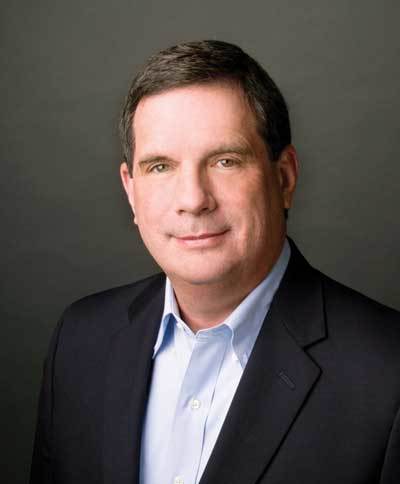15 Trends for Churches for 2015, Part 1

Trend prediction is both an art and a science. It is a science in the sense that I utilize the good objective research of credible research organizations like LifeWay Research and others. It is an art in that I depend on observations, anecdotal information, and ongoing interaction with church leaders and members.
At the beginning of every year, I attempt to present to you the major trends for congregations for the coming twelve months. I review my predictions from previous years to see how accurate I am. I have come to two conclusions. First, I am far from perfect in my predictions. Second, I do have a decent track record.
Some of my trends are called "tipping points." Formally defined, a tipping point is the critical moment in an evolving situation that leads to a new and somewhat permanent reality. In simple terms, a tipping point here means that something has changed in our churches to the point that it appears to be permanent.
With that in mind, I present to you my 15 trends for 2015. They are presented in reverse order of their potential magnitude. Today, you will read trends 9 to 15. On Monday, I will conclude with trends 1 to 8.
15. A rapid increase in bi-vocational church staff. We have noted the growing trend of bi-vocational pastors. We will see in 2015 an accelerated trend of other church staff becoming bi-vocational.
14. The tipping point of churches eliminating Sunday evening worship services. We see the number of U. S. churches offering a Sunday evening service to dip below 5 percent of all churches in America. In other words, this service will become almost extinct.
13. More emphasis on congregational singing. In many of our churches, both traditional and contemporary, you can hardly hear the congregation sing. There will be an increased emphasis on intentionally bringing the congregants into worship through singing.
12. Growth of verbal incarnational evangelism. Incarnational evangelism is simply defined as presenting the good news through our Christ-like lifestyle to non-believers. There will be an increased emphasis to share the gospel verbally as well as demonstrating a gospel witness through our lifestyle.
11. The waning and reconfiguration of denominational structures. This trend is already taking place, but it will accelerate in 2015. Denominational structures will continue to get smaller and more streamlined, and churches will not be able to expect the same type of resources they have received in the past.
10. Congregations growing in favor in their respective communities. Churches are transitioning from being an island in the midst of their communities to being a real and positive presence. As church members seek to serve their communities in a plethora of ways, the communities will see these churches more as valued partners.
9. Continued flow of people from smaller churches to larger churches. There will be a continued increase in the number of attendees in churches with an average worship attendance of 1,000 and larger. Churches with an attendance of 400 to 999 will be collectively stable in attendance. And the number of people attending church in congregations with an attendance under 400 will decline.
Let me hear your thoughts on these trends. And return on Monday as I present the top eight trends in churches in America for 2015.





























